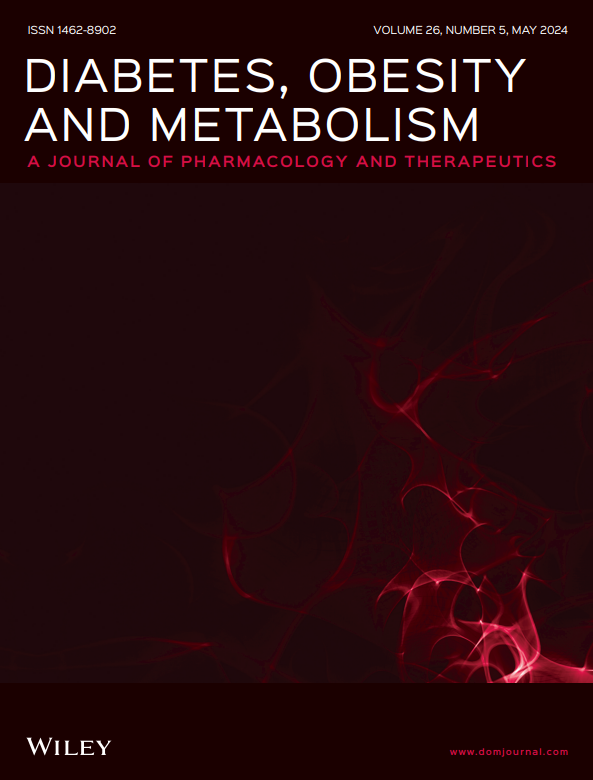Impact of healthy lifestyles on the risk of metabolic dysfunction-associated steatotic liver disease among adults with comorbid hypertension and diabetes: Novel insight from a largely middle-aged and elderly cohort in South China
Abstract
Aims
The association between lifestyle and metabolic dysfunction-associated steatotic liver disease (MASLD) has been well documented. However, evidence is still limited from vulnerable populations, especially middle-aged and elderly adults with comorbid hypertension and diabetes, who are at higher risk of developing MASLD than the general population. We aimed to examine the potential causal links of a healthy lifestyle with the risk of MASLD in this vulnerable population.
Materials and Methods
A total of 41,964 middle-aged and elderly participants with comorbid hypertension and diabetes were included in a longitudinal cohort from 2010 to 2023. Weighted scores for lifestyle were evaluated by exercise frequency, alcohol consumption, smoking status and salt intake. Marginal structural models were used to estimate the single lifestyle–MASLD associations, which were further risk stratified by quartile ranges of weighted scores.
Results
A mean follow-up period of 5.2 years (217 972 person-years) revealed that 21 697 participants developed MASLD. The hazard ratio (HR) of daily exercise, never consuming alcohol, never smoking and low salt intake for the risk of MASLD was 0.617 (95% confidence interval: 0.365 ~ 1.042), 0.237 (0.093 ~ 0.603), 0.153 (0.097 ~ 0.240) and 0.945 (0.919 ~ 0.971), respectively. Compared with weighted scores that were below the 25th percentile, the HR was 0.952 (0.902 ~ 1.005), 0.747 (0.694 ~ 0.803) and 0.097 (0.065 ~ 0.144) for the 25th, 50th and 75th percentiles, respectively.
Conclusions
In this vulnerable population, daily exercise, abstinence from alcohol and smoking and a low-salt diet may reduce the risk of MASLD, and the most stringent combination of healthy lifestyles could reduce the risk of MASLD by over 90%.

 求助内容:
求助内容: 应助结果提醒方式:
应助结果提醒方式:


